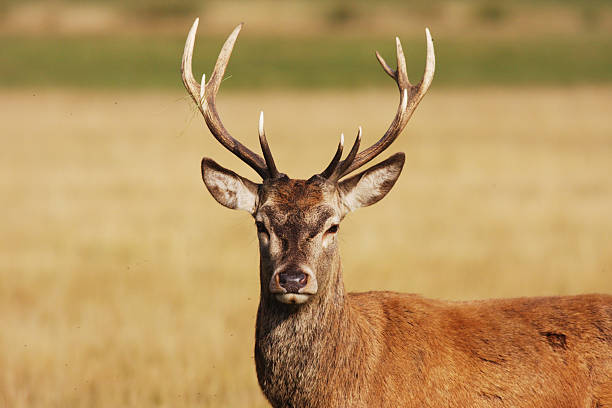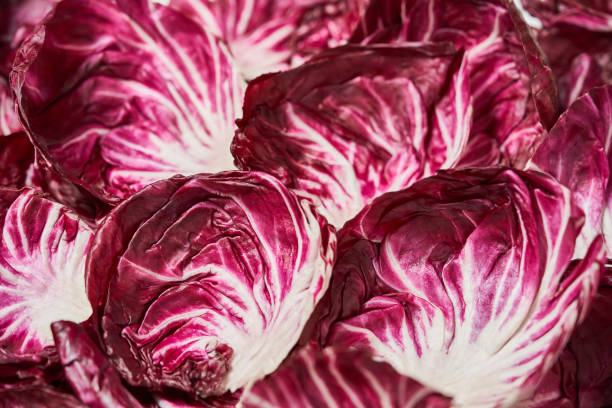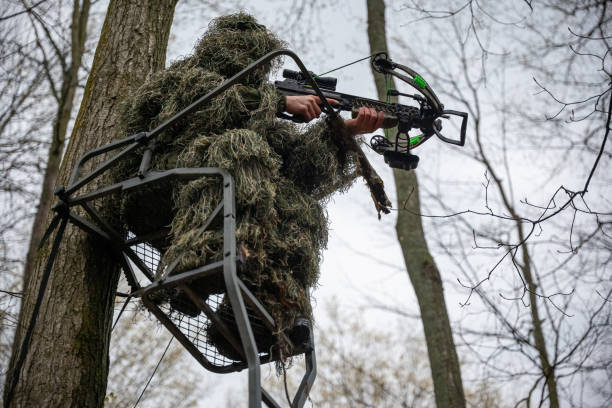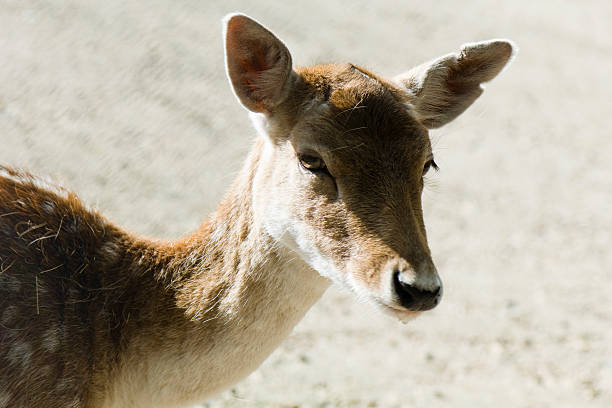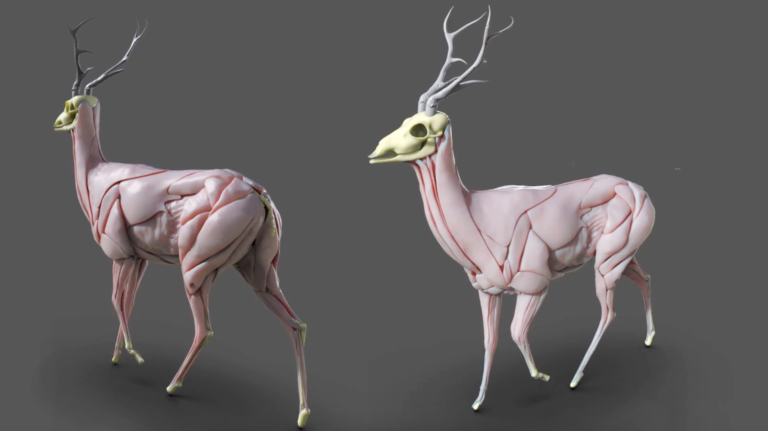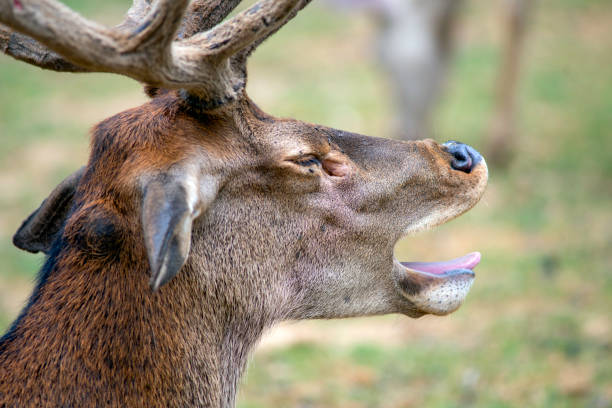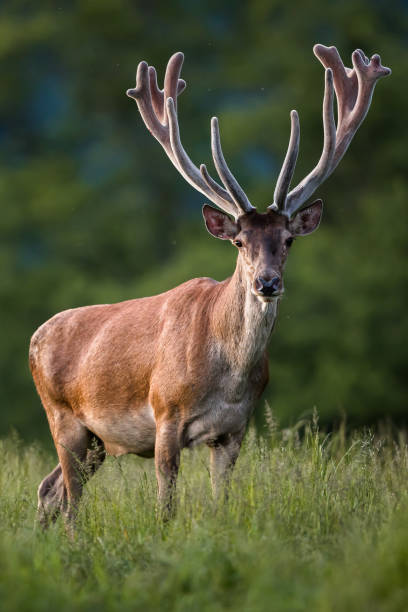What Eats Deer?:List Of Deer Predators
What eats deer? is a question that many people ask. It’s only natural to be curious about the animals that prey on deer, as this herbivorous animal has become an important part of many ecosystems.
In this article, we will explore the fascinating world of deer and their interactions with predators. From the basic facts about these magnificent creatures to their ingenious self-defense methods. Read on!
11 Facts About Deers
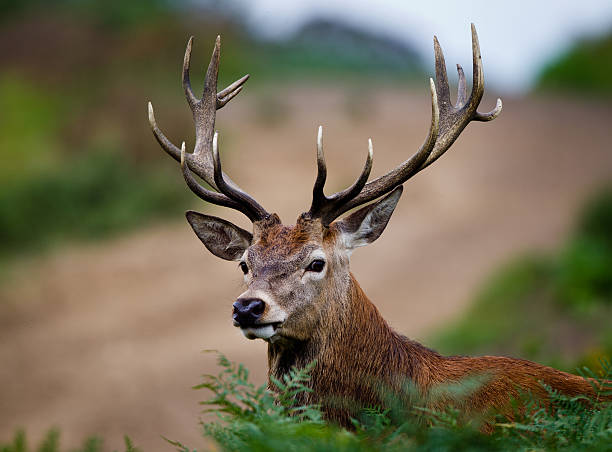
- Deer belong to the Cervidae family, with over 90 species worldwide.
- Male deer grow and shed antlers annually for various purposes.
- Deer are herbivores, feeding on plants like leaves and grass.
- They often live in social groups, ranging from small families to large herds.
- Natural predators of deer include wolves, coyotes, and bears.
- Female deer give birth to one or two fawns after a six to seven-month gestation.
- Deer adapt to various habitats, from forests to suburban areas.
- Many deer species are most active during dawn and dusk.
- Deer communicate through vocalizations, body language, and scent marking.
- Conservation efforts are in place to protect deer populations and their habitats.
- Deer have cultural significance in folklore, art, and spirituality worldwide.
Are Deer Herbivores?
Yes, deer are herbivores, which means they primarily consume plant-based foods. They are considered to be picky eaters who focus their diets on the nutritional value and seasonal availability of different plants.
When forage is low during the winter months, deer may turn to eating woody plants like buds and bark. Still, plants provide the vast majority of their calories, and they have evolved special mechanisms for breaking down the complex carbohydrates present in plant cell walls called cellulose.
What Do Deer Eat?
Deer are picky eaters that change their diet according to the seasons and their demands. They can efficiently extract nutrients from plant-based diets because their digestive systems are adapted to break down the cellulose contained in plant cell walls. The majority of a deer’s diet consists of plant matter, particularly:
- Leaves:
Common plant leaves consumed by deer include trees, shrubs, and herbaceous plants. - Twigs and Buds:
Deer may eat twigs and buds from trees and shrubs, especially in the winter when other sources of fresh green vegetation are sparse. - Grasses:
For deer, grass is an important part of their food because it gives them nutrients. - Forbs
Deer also consume forbs, which are herbaceous, broad-leaved plants, such as dandelions and clover. - Fruits
Some deer species enjoy fruits in season, including apples, berries, and acorns. - Nutrients
To keep their bones healthy and help them grow, deer actively seek out foods that are high in certain nutrients, like calcium and phosphorus.
What Do Deer Eat in the Winter?
The winter months pose a unique challenge for deer, as food becomes scarcer. Here’s what deer typically eat during the winter months:
- Woody Plants
- Evergreen Trees
- Acorns and Nuts
- Fruits
- Stored Fat Reserves
It’s important to note that the availability of these food sources can vary depending on geographical location and environmental conditions. Also in regions with severe winters, deer may struggle to find adequate nutrition, which can impact their overall health and survival.
What Eats Deer?
Depending on where they live and the type of deer they are, several animals may hunt on deer. Here are some of the common predators of deer:
- Carnivores Animals
Carnivorous mammals are among the primary predators of deer. These may include:
-Wolves
-Coyotes
-Mountain Lions (Cougar or Puma)
-Bears - Alligators
In some places, like the southeastern United States, alligators have been seen eating deer that come close to bodies of water. - Crocodiles
There are places in the world, like Africa and Asia, where crocodiles have been seen biting and eating deer that get too close to water. - Large Birds of Prey
Big birds of prey, like eagles and owls, may sometimes eat fawns or smaller deer. - Wild Dogs and Dholes
In regions where these canids are present, they may hunt deer in packs.
What Kills Deer the Most?
Hunting is by far the biggest killer of deer, especially in North America. Hunting seasons, bag restrictions, and other controls are put in place to manage deer numbers and encourage wildlife conservation because legal hunting is a major cause of deer death.
Deer are killed by hunters for several reasons, including food, clothing, and even population regulation. Deer-vehicle collisions (DVCs) are another major factor in deer death, especially in regions with both dense deer populations and roadways.
How Does Deer Escape from Predators?
Deer have developed many ways to hide from animals that want to eat them. These ways of getting away show how adaptable and survival-driven deer are. They help them avoid many of their natural enemies and improve their chances of staying alive in the wild. Here are some ways that deer use to avoid and get away from the animals that prey on them:
- Quickness and flexibility
Deer can run quickly and turn sharply to get away - Camouflage
Fawns have spots that help them blend into their surroundings. - Scent Avoidance
When a deer detects a predator’s scent, it could change direction to get away. - Alertness
A deer’s large ears help it detect danger from a distance. - Jumping
They can easily hop over logs and fences. - Swimming
Some fawns can run away by swimming. - Playing Dead
They might even play dead if they feel threatened enough.
How Do Deer Defend Themselves From Animals?
To protect themselves from predators, deer use a wide range of defensive strategies. Their major form of self-defense is flight, and they use their incredible speed and agility to evade any threats. Because of the size and sensitivity of their ears, they can hear danger coming from a distance.
When cornered, a deer can use its strong legs to kick an aggressor in the face with enough force to cause injury or at least scare them off. In their native environments, deer can defend themselves from prospective predators due to these defensive mechanisms, as well as their acute senses and evasive tactics.
Conclusion
From their humble beginnings as herbivores to their survival strategies in the face of formidable predators, deer continue to captivate us with their resilience and beauty. As we wrap up our journey, we are reminded of the complex web of interdependence that exists in the natural world.
